Tackling the recent Kong ingress controller security incident with ARMO’s behavioral CADR
Imagine this situation: you recently updated one of your infrastructure software components. A few weeks...
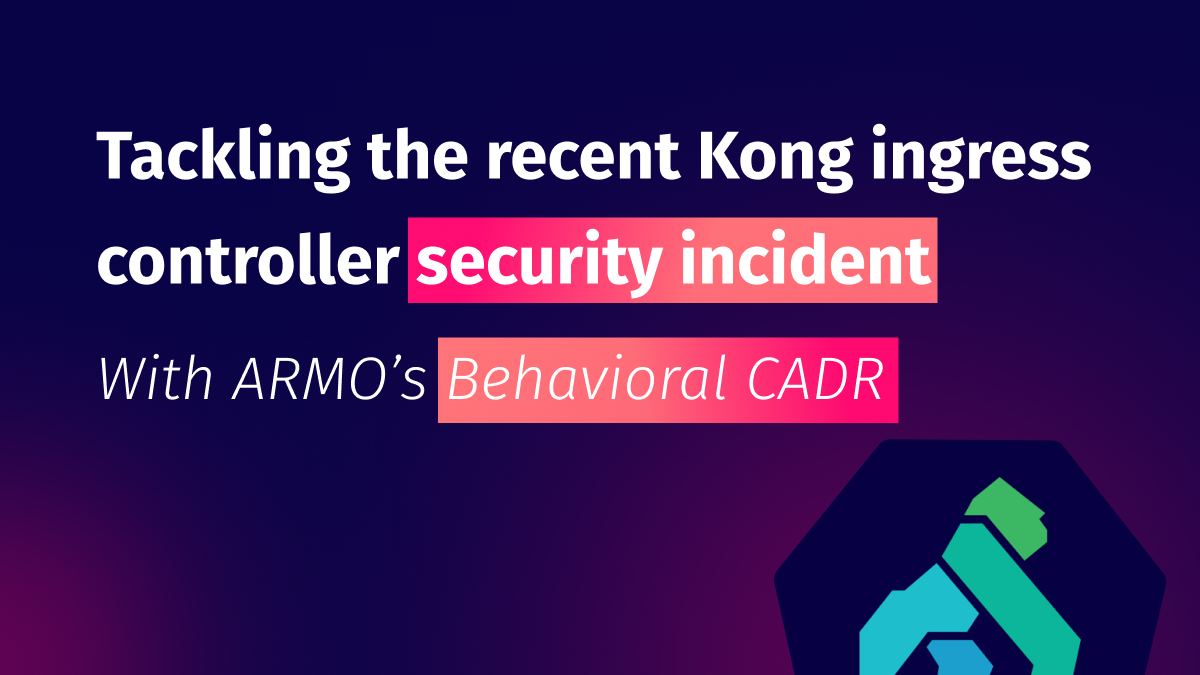
Imagine this situation: you recently updated one of your infrastructure software components. A few weeks...
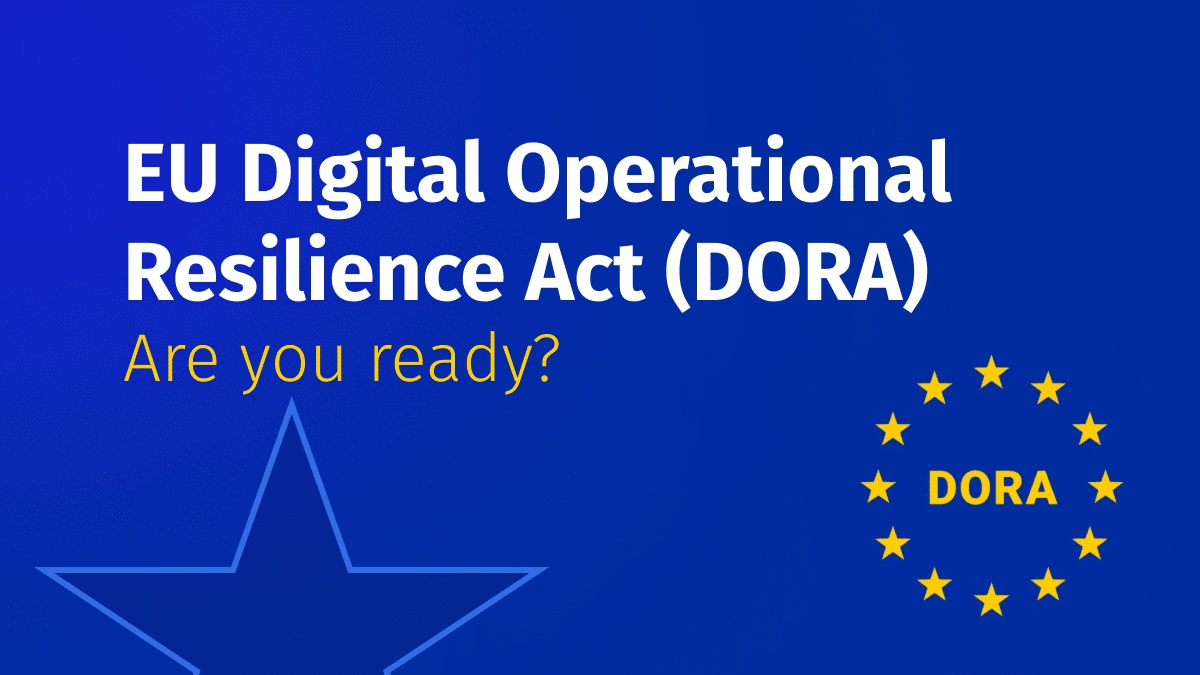
The Digital Operational Resilience Act (DORA) is a disruptive policy that came into effect in...
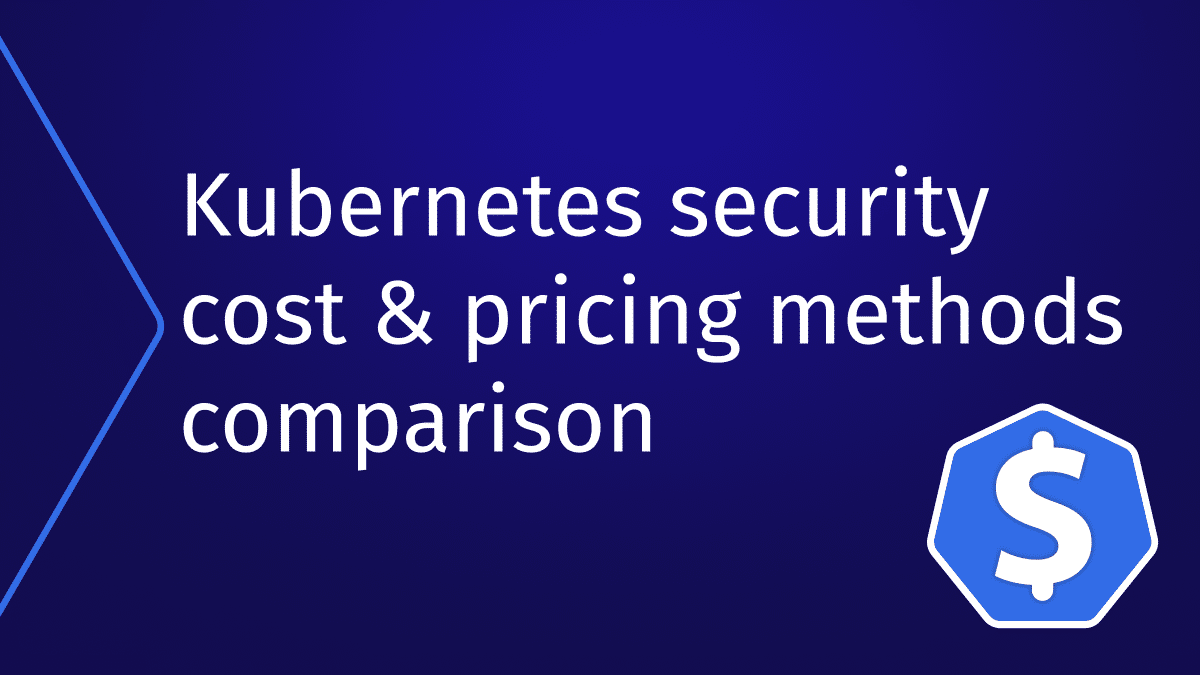
It is becoming increasingly important for organizations to manage Kubernetes security costs as they deploy,...
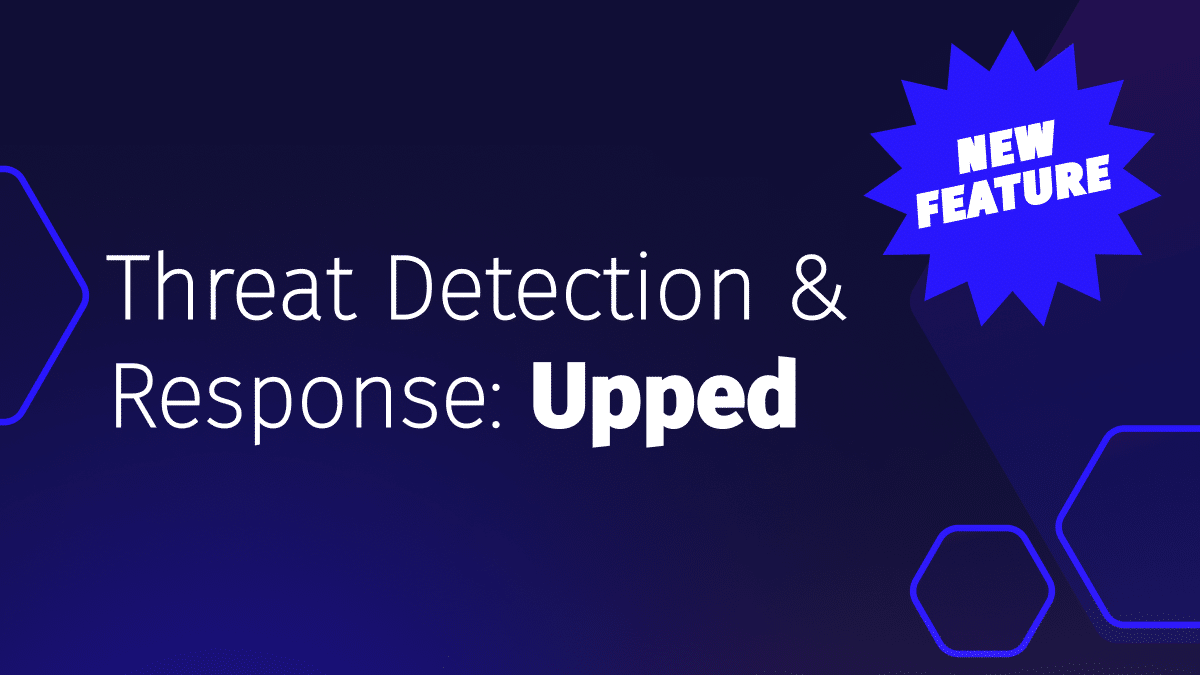
We are excited to announce the upcoming enhancement of ARMO Platform’s Threat Detection and Response...
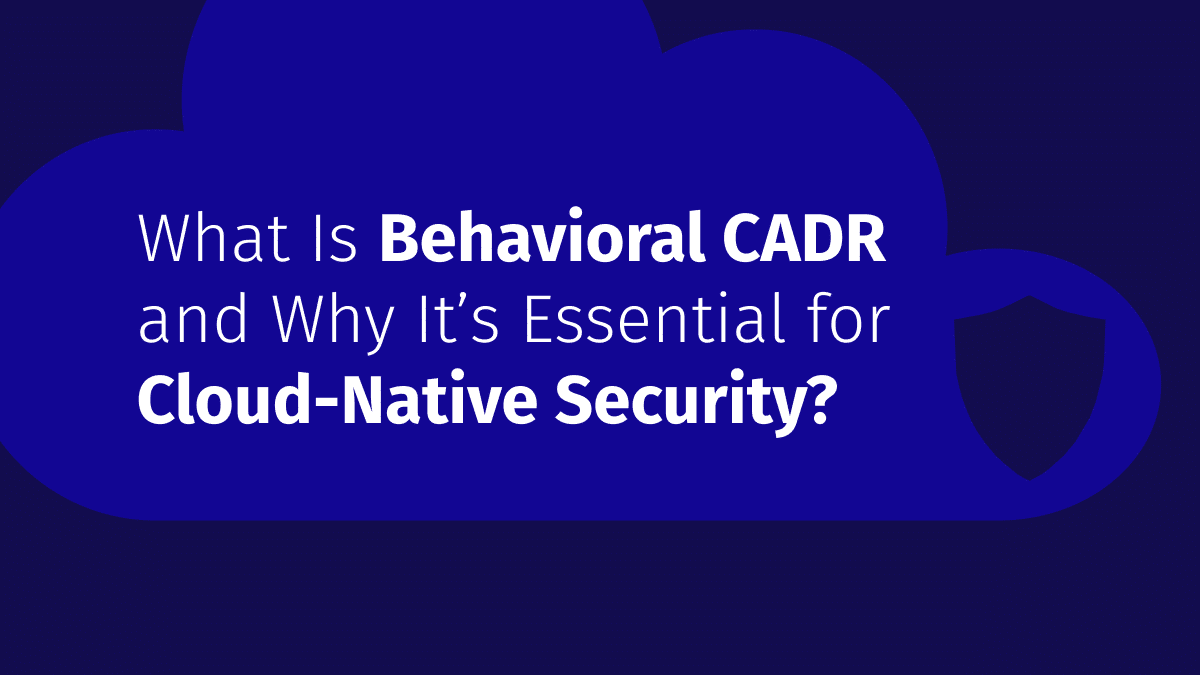
In this blog post, we will introduce the concept of behavioral Cloud Application Detection &...
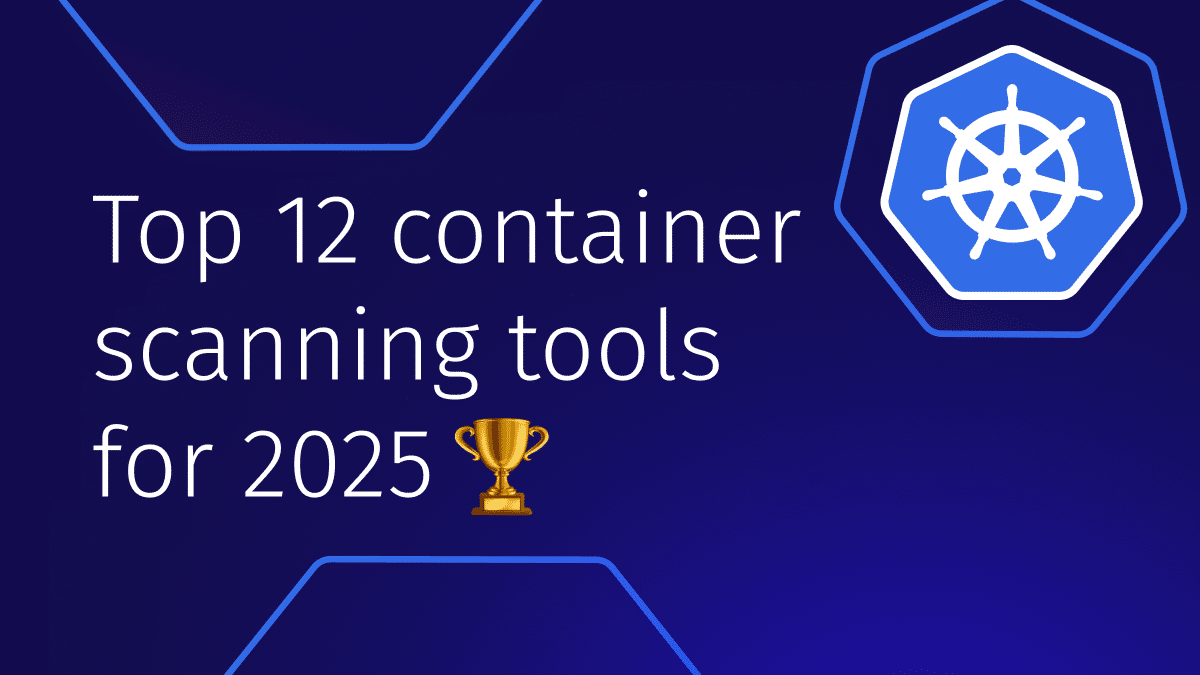
Kubernetes is a revolutionary technology for orchestrating containerized applications, enabling organizations to deploy and manage...
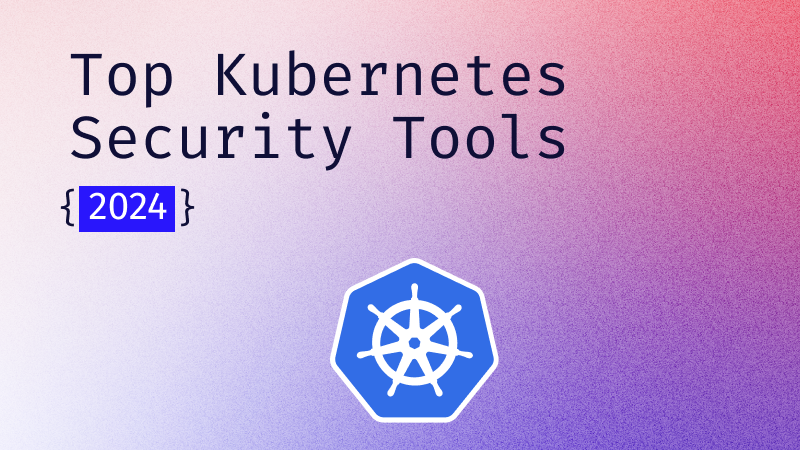
Explore the essential Kubernetes security tools that detect misconfigurations, vulnerabilities, and enforce best practices to...
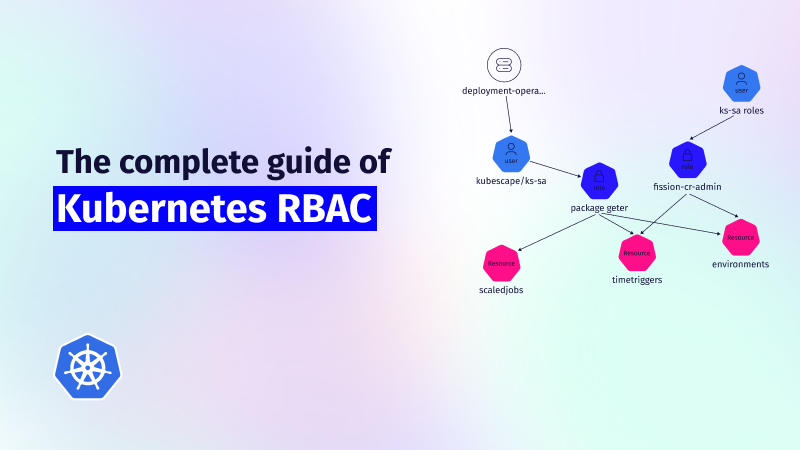
This guide explores the challenges of RBAC implementation, best practices for managing RBAC in Kubernetes,...
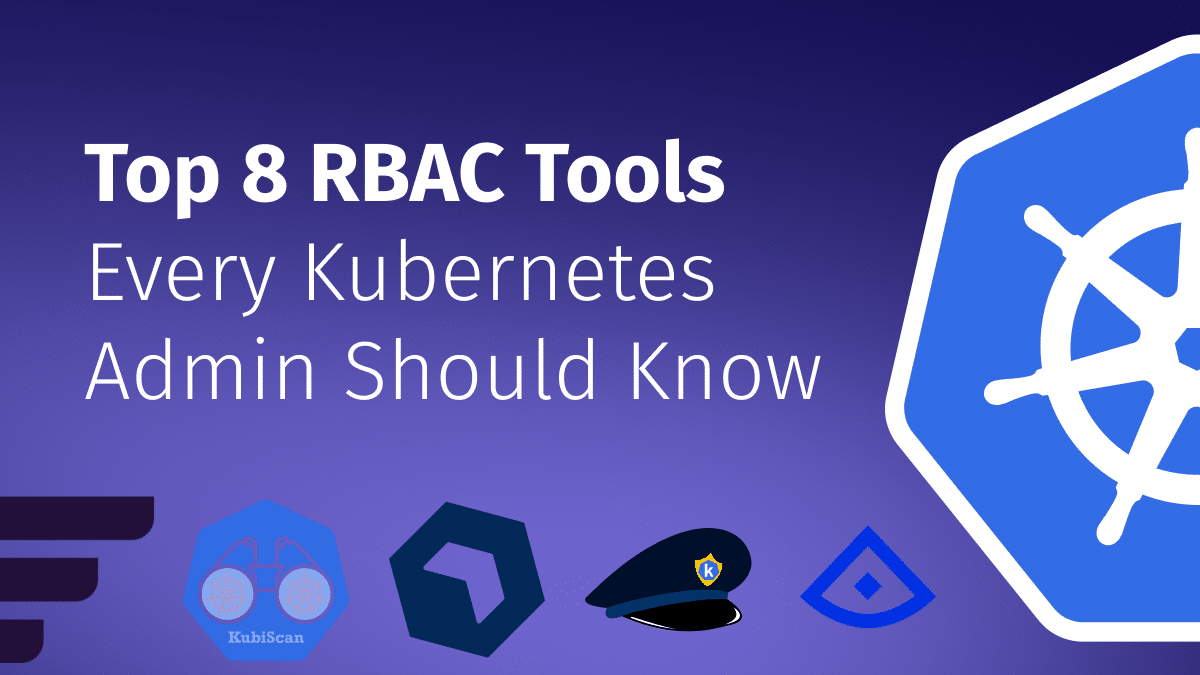
Role-Based Access Control (RBAC) is important for managing permissions in Kubernetes environments, ensuring that users...
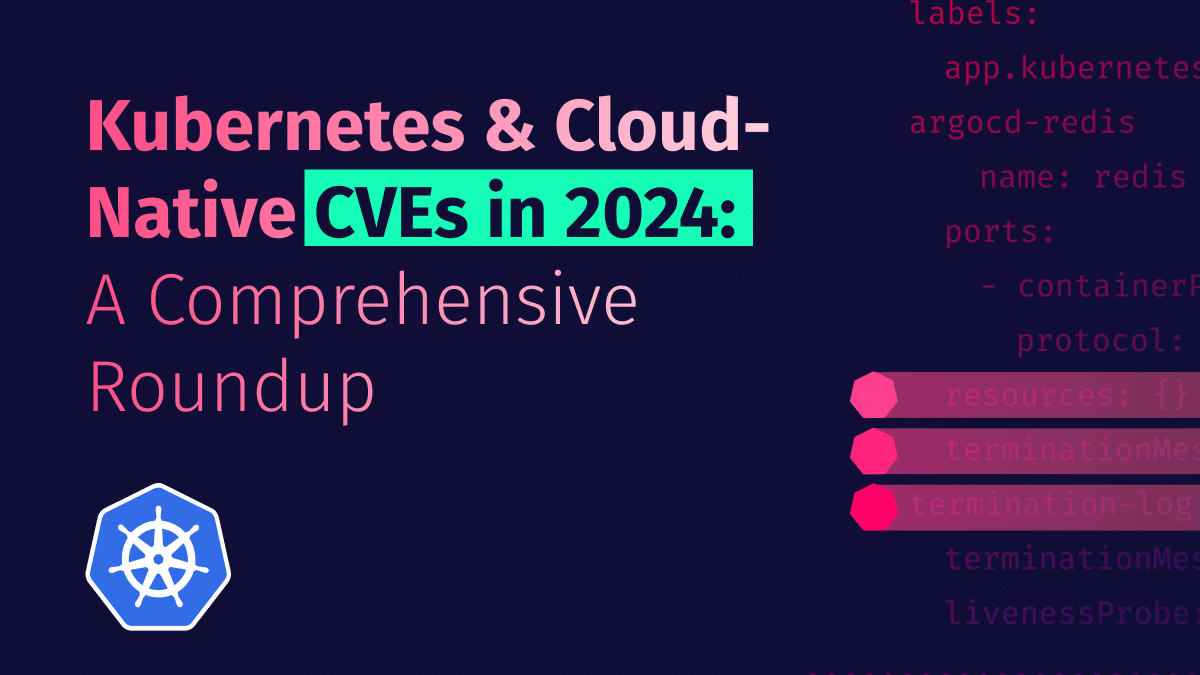
In 2024, several significant vulnerabilities were identified within the Kubernetes and broader cloud-native ecosystem. In...

Cloud Security Posture Management (CSPM) has become essential for monitoring cloud infrastructure, identifying risks, and...

We’re thrilled to announce a new partnership with OVHcloud, a leading global cloud provider! This...